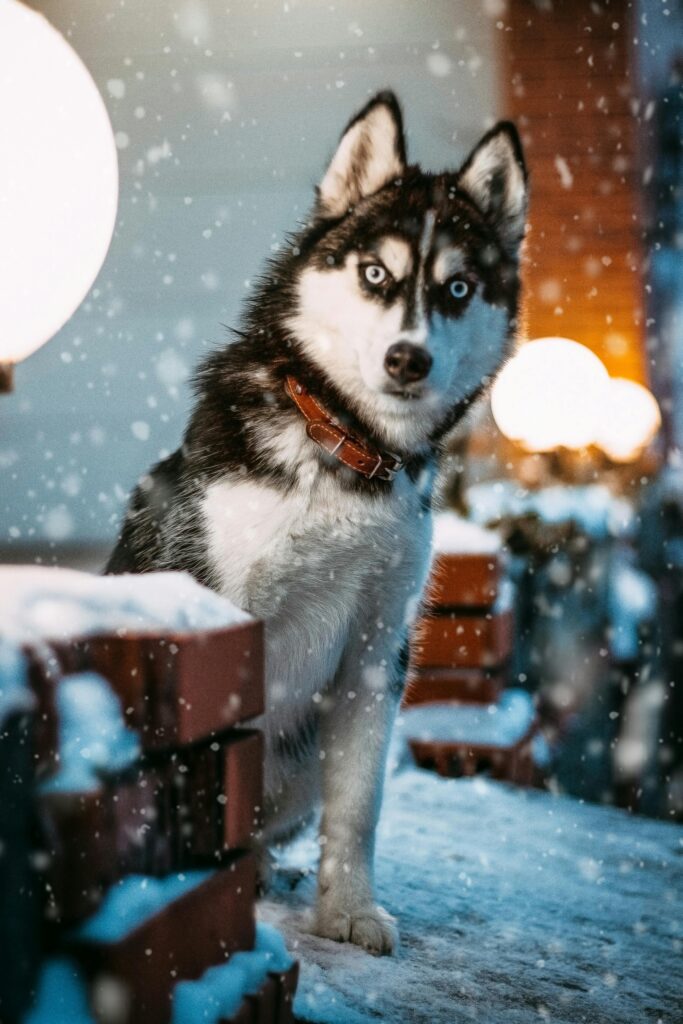A Tail of 2 Species: Animal History


For millennia, dogs have been our faithful companions, guarding our homes, playing with our children, and offering unwavering loyalty. But where do these furry friends come from? Animal history stretches back through the ages, intertwined with our own, and their origins offer a fascinating glimpse into the deep connection between humans and animals.
From Wild Pack to Loyal Companion: animal history
The article suggests that the earliest partnership between humans and dogs began with gentler wolves or ailing jackals, drawn to human settlements for food or shelter. These individuals may have been accepted and even cared for, marking the first steps towards domestication. This theory aligns with the fact that native dog breeds often resemble the wolves of their region, suggesting a shared lineage.

While evidence points to a wolfish ancestry, the vast variety of dog breeds we see today might seem like a contradiction. However, the article reminds us that selective breeding has played a significant role in shaping canine diversity. Just as we see drastic differences in horse or cattle breeds, dogs have been carefully bred over generations to emphasize specific traits, resulting in the immense spectrum of sizes, appearances, and temperaments we know today.
Skeletons Tell a Story of Animal History
The article delves deeper, comparing the skeletons of wolves and dogs, highlighting their remarkable similarities. From the number of vertebrae to the arrangement of bones, these two species share a striking resemblance, further supporting the theory of a common ancestor. This anatomical evidence is crucial in understanding the evolutionary paths these animals have taken. It shows that despite the significant behavioral and environmental differences observed today, the fundamental skeletal structure has remained largely unchanged, indicating a shared lineage that dates back thousands of years.
Beyond the Bones: Shared Behaviors and Traits
The similarities extend beyond physical form. The article mentions how wolves and dogs share vocalizations, dietary habits, and even hunting strategies. Wolves can learn to bark, while domesticated dogs allowed to run wild can lose the ability. Both species exhibit similar family structures and parental care, further solidifying the connection. This behavioral overlap is not just coincidental; it is a reflection of their genetic heritage. For instance, the social dynamics observed in wolf packs, such as hierarchical structures and cooperative hunting, are also present in domestic dogs, albeit often modified by human influence.
Additionally, the dietary preferences of both species show a strong inclination towards meat, with both engaging in similar hunting techniques, such as tracking and ambushing prey. This shared behavioral repertoire underscores the deep-rooted connections between wolves and dogs, painting a comprehensive picture of their evolutionary journey from wild predators to domesticated companions.
The Barking Debate: A Non-Issue?
One argument against the wolf-dog link is the difference in vocalization. While wolves howl, dogs bark. However, the article points out that jackals and even wolf pups raised by dogs readily learn to bark, suggesting this difference isn’t a major obstacle to the theory.
The Verdict: A Multifaceted Origin Story
Drawing on various lines of evidence, the article ultimately agrees with Charles Darwin’s conclusion: dogs likely descended from multiple wolf and jackal species, with some extinct varieties potentially contributing to the mix. This complex tapestry of ancestry explains the incredible diversity of dog breeds we see today.
A Legacy of Loyalty and Love: it is Animal History
While the exact details of their origin may still be debated, one thing is certain: dogs have earned their place in our hearts and homes. From their shared ancestry with wolves to the vast array of breeds developed through selective breeding, their history is a testament to the enduring bond between humans and these loyal companions.









few references to check, If you would like to
https://www.rover.com/blog/wolf-vs-dog-whats-difference/






